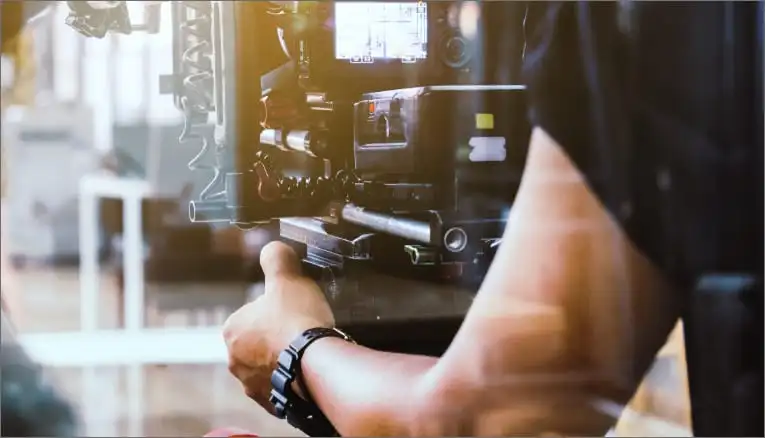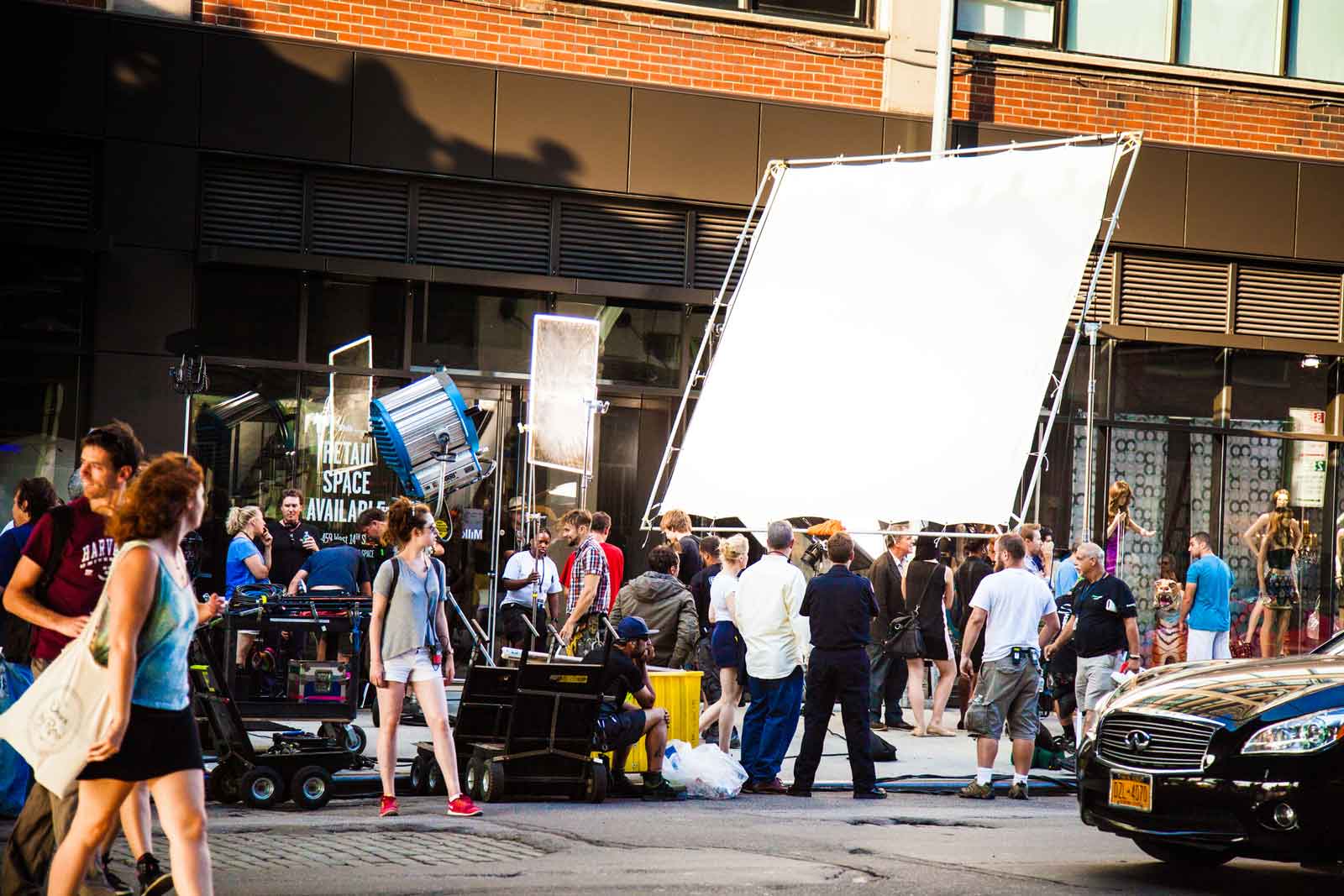If you have a passion for animation and aspire to work in the industry, becoming an inbetween animator could be a rewarding career choice. Inbetween animators play a vital role in the animation production process, ensuring that character movements are smooth and seamless.
Let’s delve into the world of inbetween animators, explore the top 10 jobs in the field, and uncover the essential skills and career paths that can lead to success in this dynamic industry.
1. Character Animator
Character animators bring characters to life through movement and emotion. They create animations that convey the personality and actions of the characters, breathing life into the story.
2. Storyboard Artist
Storyboard artists visualize the script through a series of drawings, helping to plan the sequence of scenes and transitions. Their work is crucial in shaping the overall narrative and visual direction of the animation.
3. Animation Director
Animation directors oversee the creative vision and execution of an animation project. They work closely with animators, artists, and other team members to ensure that the animation meets the desired quality and style.
4. Layout Artist
Layout artists design the composition and staging of scenes in an animation, determining the placement of characters, props, and backgrounds. Their work sets the foundation for the animation process.
5. Background Artist
Background artists create the environments and settings where the animation takes place. They design and paint the backgrounds to complement the characters and enhance the storytelling.
6. Clean-Up Artist
Clean-up artists refine and polish the rough animation drawings, ensuring consistency and clarity in the final frames. Their attention to detail is essential in preparing the animation for the next stages of production.
7. Effects Animator
Effects animators specialize in creating dynamic visual effects such as explosions, fire, water, and magic. Their work adds depth and excitement to the animation, enhancing the overall impact of the storytelling.
8. Rigging Artist
Rigging artists build the digital skeletons and controls that allow characters to move and emote realistically. Their technical expertise is essential in creating characters that can be animated smoothly and efficiently.
9. Texture Artist
Texture artists add details and textures to characters, props, and environments in the animation. Their work brings depth and realism to the visuals, enhancing the overall look and feel of the animation.
10. Lighting Artist
Lighting artists set the mood and atmosphere of the animation through the placement and intensity of lights. They create the right ambiance for each scene, enhancing the storytelling and visual impact of the animation.
Conclusion
As you embark on your journey to become an inbetween animator, honing your drawing skills and mastering the art of creating seamless movements are essential. Building a strong portfolio that showcases your creativity and technical proficiency can help you stand out in a competitive industry.
Networking with industry professionals, attending events, and seeking mentorship can provide valuable insights and opportunities for career advancement.
Key Takeaways:
- Inbetween animators play a crucial role in ensuring smooth character movements in animation.
- Key roles in the animation industry include Character Animator, Storyboard Artist, Animation Director, Layout Artist, Background Artist, Clean-Up Artist, Effects Animator, Rigging Artist, Texture Artist, and Lighting Artist.
- Success as an inbetween animator involves mastering drawing skills, creating a strong portfolio, and networking within the industry.
Building a strong portfolio, networking with industry professionals, and pursuing ongoing education are key steps to excel in the field. Consider enhancing your skills further by exploring specialized courses like the NYU Animation Industry Essentials offered by Yellowbrick to propel your career in animation.








